Helping Pollinators to Thrive
Welcoming the Bees and Butterflies, and Simple Ways to Help Them Thrive.

I haven’t always been particularly drawn to the quiet presence of bees on a warm summer’s afternoon, but over time, I’ve come to really appreciate them. These days, I find it calming to watch them move through the garden, carefully clambering over petals and collecting pollen. I’ve even found myself taking the occasional moment to observe them up close.
There was a time when I’d immediately try to get away at the first sign of a bee - arms waving, ducking and diving, doing whatever I could to avoid them. But that’s changed. I don’t mind them as much now and tend to let them get on with their work.
That said, I do still approach them with a bit of caution. Last year, I was stung for the first time when a bee had somehow hidden itself in my washing. I didn’t notice until I took the clothes off the line, and - ouch - it got me. It was a painful surprise and a reminder to stay aware of where they might be hiding.
Even so, I’ve gained a real respect for them. Bees play such an important role in our environment, and I’ve come to value their presence more than I ever expected to.
Unlike my slow-growing appreciation for bees, butterflies have always had a special place in my heart. There’s something I find delightful about their vibrant, delicate wings and the graceful way they flutter through the garden. They bring a sense of calm that’s hard to ignore.
We’re lucky to get a wide variety of them here, especially in the warmer months. It’s become a bit of a tradition in our house to see who can spot the most unusual butterfly, almost like a garden game that never really gets old.
Butterflies are not just beautiful - they're full of fascinating traits. They taste with their feet, using sensors to identify suitable plants for laying eggs! Despite their delicate appearance, some species migrate thousands of miles; the Monarch, for example, travels up to 3,000 miles between Canada and Mexico. This fun fact put an end to my childhood belief that butterflies only live for one day - I’m not sure where I picked up that piece of information, but I was in my thirties when I found out otherwise. Some species have short lifespans, ranging from a few days to a few weeks, others can live for several months, and even up to nine months or more. I’ve been living a lie, but the truth is that the lifespan of a butterfly varies greatly depending on the species and environmental factors.
Helping the Pollinators
When I think about all the effort I put into helping the other wildlife in our garden, supporting pollinators feels like one of the easiest and most rewarding things I can do. I genuinely love doing my bit for these tiny but powerful creatures. They play such a crucial role in keeping our ecosystems healthy, yet they’re up against some serious challenges like habitat loss, pesticides, and climate change. The good news? It doesn’t take much to make a real difference. So let’s take a quick look at a few simple ways we can give pollinators a helping hand.
Here are five easy ways I’ve found to make a difference:
1. Growing Pollinator-Friendly Plants
One of the simplest – and most satisfying – ways to support pollinators is by planting flowers that offer nectar and pollen. In my garden, I always try to include a mix of native wildflowers and herbs to keep a steady supply of food going right through the seasons. Lavender, foxgloves, borage, and thyme are all big hits with the bees and butterflies – and they brighten up the garden beautifully too. If you’d like a peek at what was blooming here last summer, take a look at July’s edition of In My Cottage Garden.
2. Avoiding Pesticides and Chemicals
It’s tempting to reach for a quick fix when pests show up – I nearly gave in myself last year when my veg patch was under siege. But chemical sprays can be incredibly harmful to pollinators. I’m glad I held back and went for more natural solutions instead, like companion planting and encouraging birds (including the hens) and ladybirds to lend a hand.
3. Providing Shelter and Nesting Sites
Pollinators need more than just food – they also need places to rest and nest. This year, I’m adding a bee hotel to the garden, hoping it’ll become a cosy spot for solitary bees. I also make sure to leave some areas undisturbed – a bit of bare soil here, an old wood pile there – and it really makes a difference. Even letting the hedgerows get a little scruffier gives wildlife a better chance. And honestly, who doesn’t love an excuse to skip the hedge trimming?
4. Creating a Water Source
Pollinators get thirsty too, especially during those long, hot summer days. I keep a shallow dish filled with water and a few pebbles so they’ve got somewhere safe to perch and sip. If you’ve got the space, a small wildlife pond is even better – it attracts everything from bees and butterflies to frogs and dragonflies, turning your garden into a wildlife social gathering spot.
5. Planting Night-Blooming Flowers
Bees get most of the attention, but there are plenty of pollinators working the night shift too. Moths, for example, are drawn to night-scented flowers like evening primrose or jasmine. Adding a few of these into your planting scheme helps support those often-overlooked nocturnal visitors – and fills your garden with fragrance after dark.
If you’re in the middle of planning your summer garden and hoping to create a welcoming space for wildlife, I hope these ideas have given you a bit of inspiration. With just a few mindful tweaks, we can transform our gardens, balconies, and even the smallest green corners into havens for pollinators. Every flower we plant, every chemical we choose to skip, and every cosy nook we create helps these brilliant little creatures carry on their essential work. It’s such a joy to see them buzzing about, knowing we’ve lent a hand in their survival.
Thank you for reading my post – your interest really means a lot to me! If you’ve enjoyed this little segment of my journey, why not join me for more? By subscribing, you’ll have my free weekly newsletters delivered straight to your inbox at 7am every Sunday. It’s the perfect way to start your day with a warm cup of tea (or coffee!) and a cosy read. I’d love to have you along for the adventure. Simply click subscribe, and I’ll see you next Sunday!
Catch up on my last post…
Hey, I’d love to stay connected with you! If you enjoy what I share here, you’ll find even more everyday moments, creative snapshots, and heartfelt musings on my Instagram.
It’s where I share little bits of life, inspiration, and things that make me smile — and I’d love for you to be part of it.
Looking forward to connecting with you there! Take care and see you soon! 🫶✨


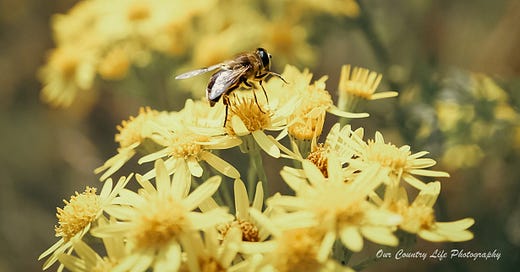


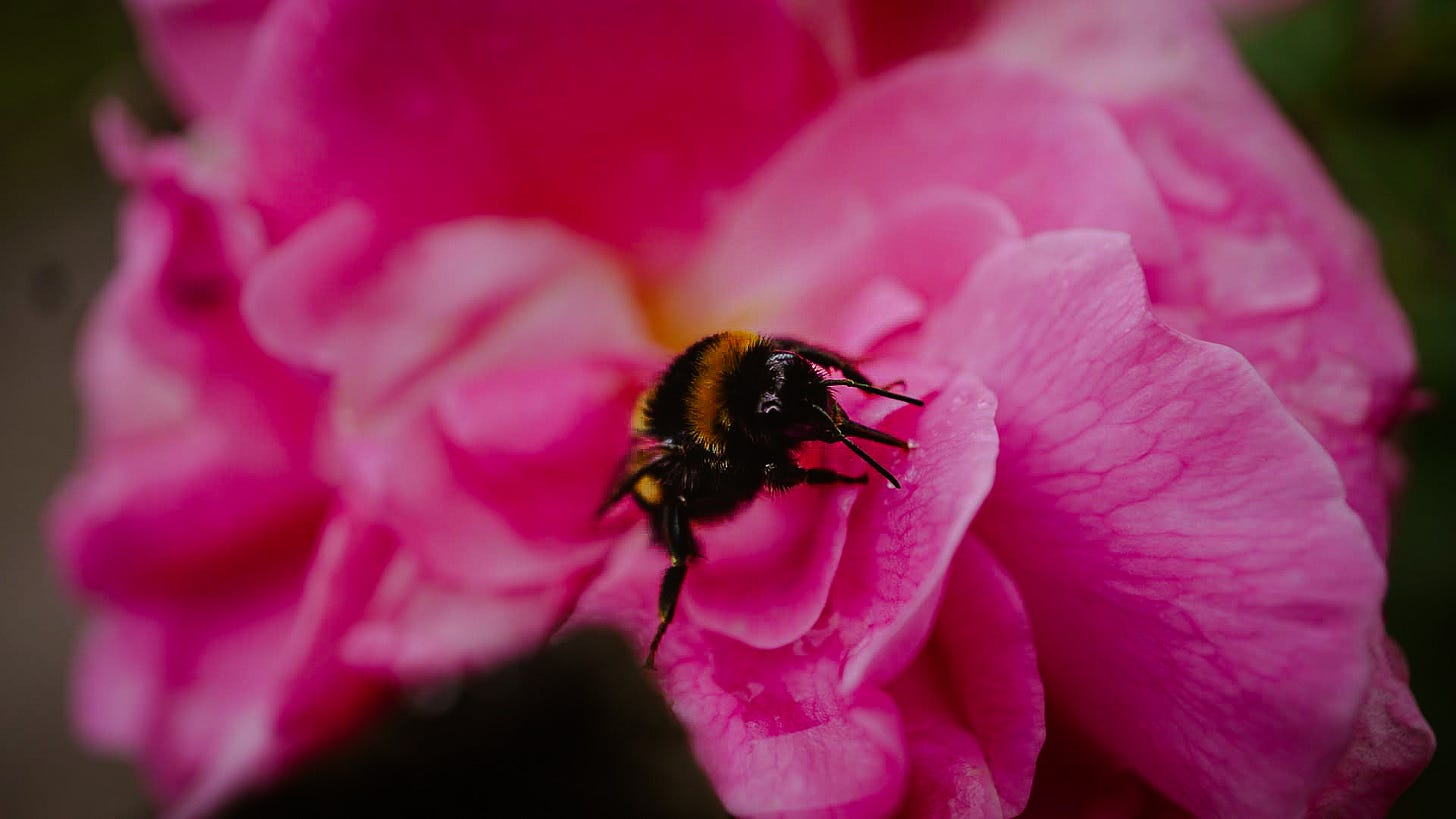
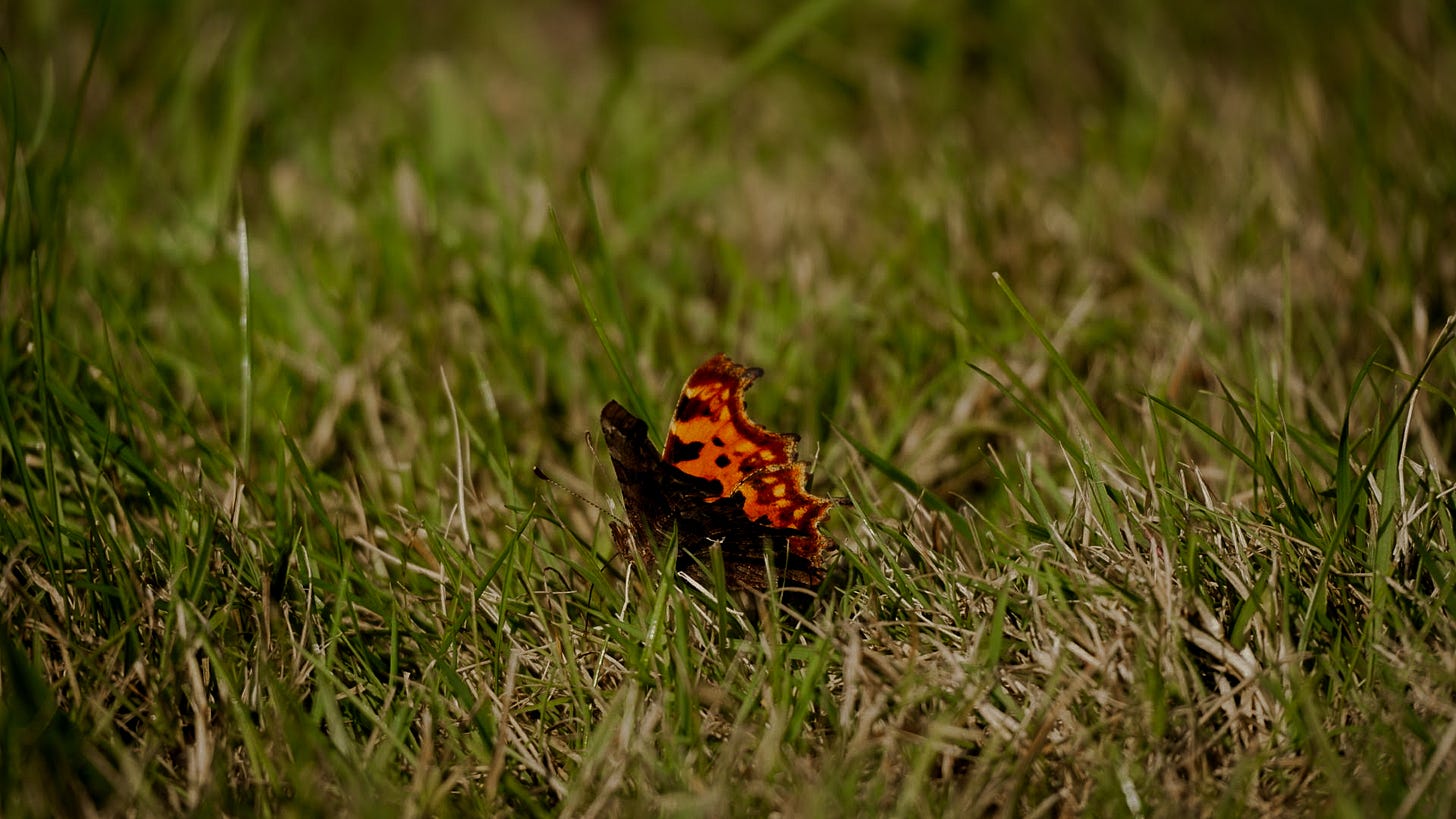
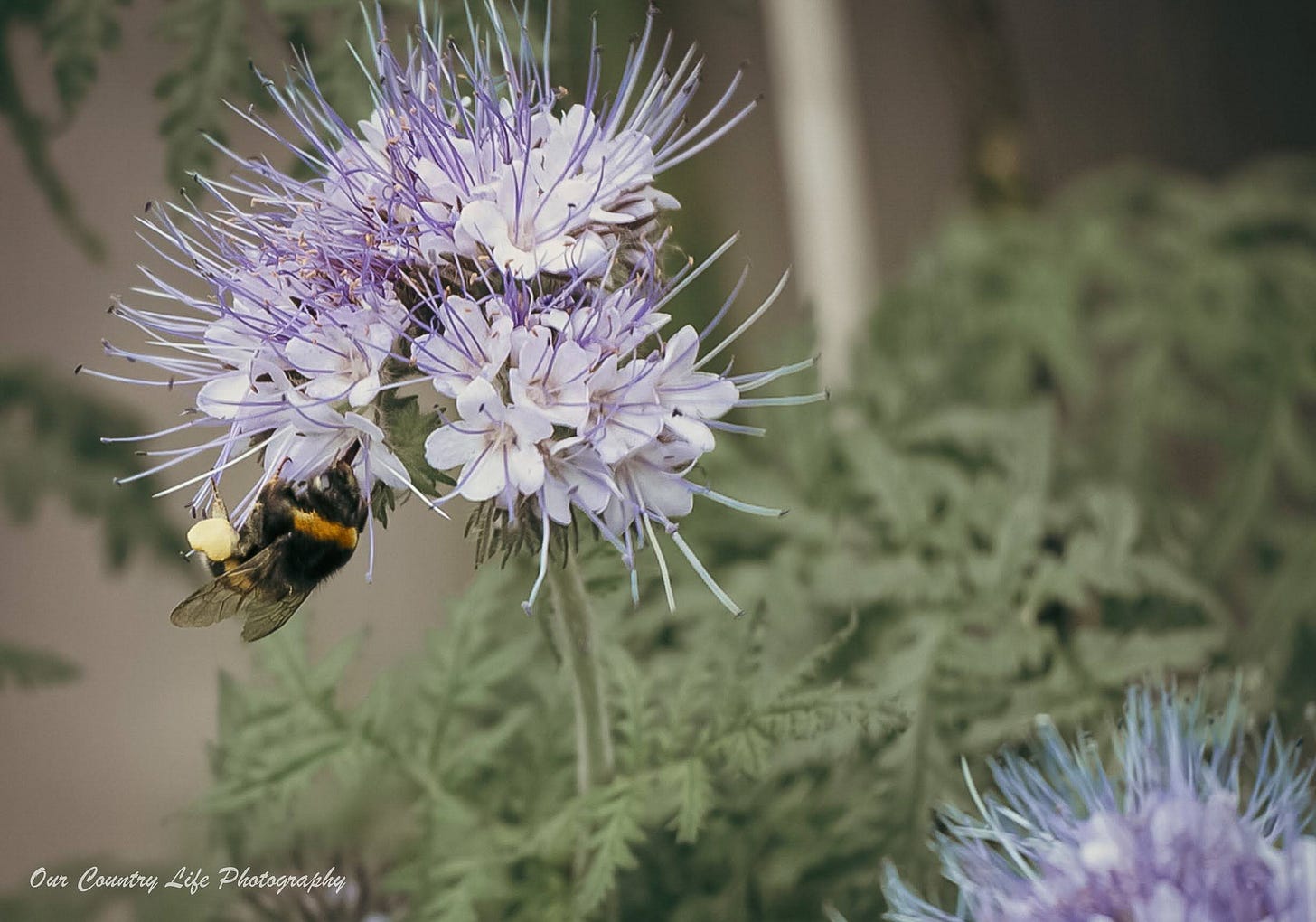

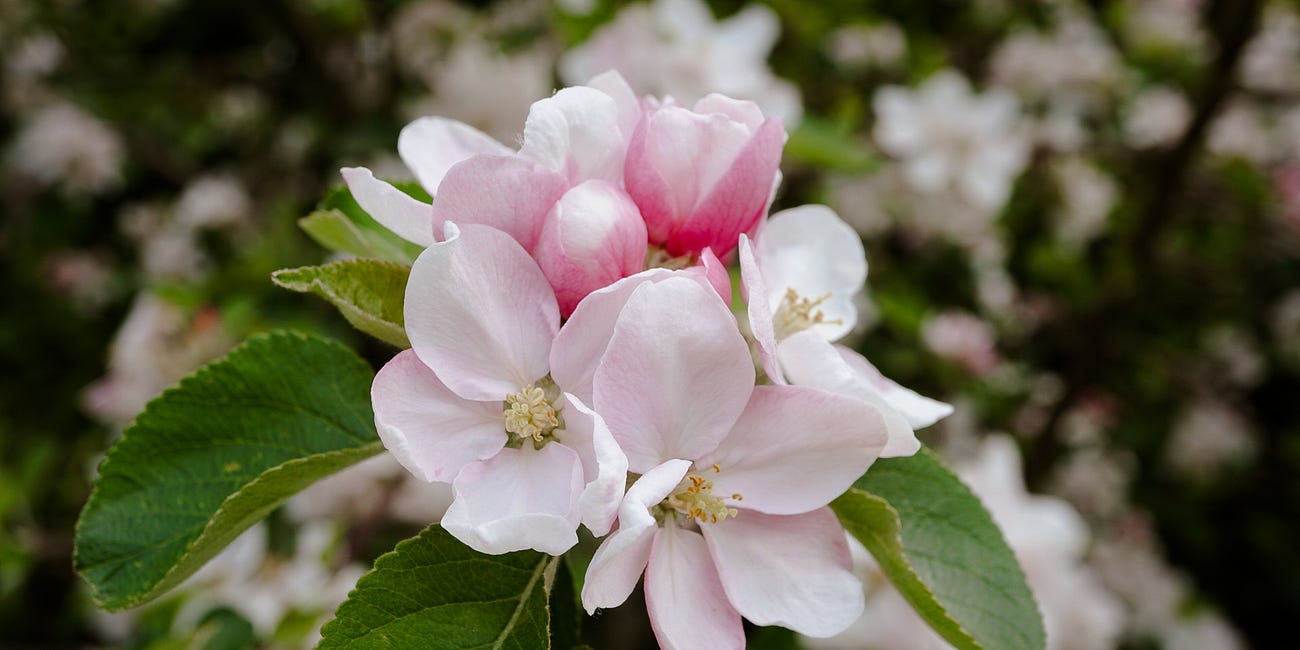
I’m slowly extending our plantings for the pollinators. Thanks for the encouragement!
Lovely post with some useful suggestions. I find that my flowering thyme, oregano, achillea (yarrow) and French marigolds are particularly appreciated by pollinators and other beneficial insects.